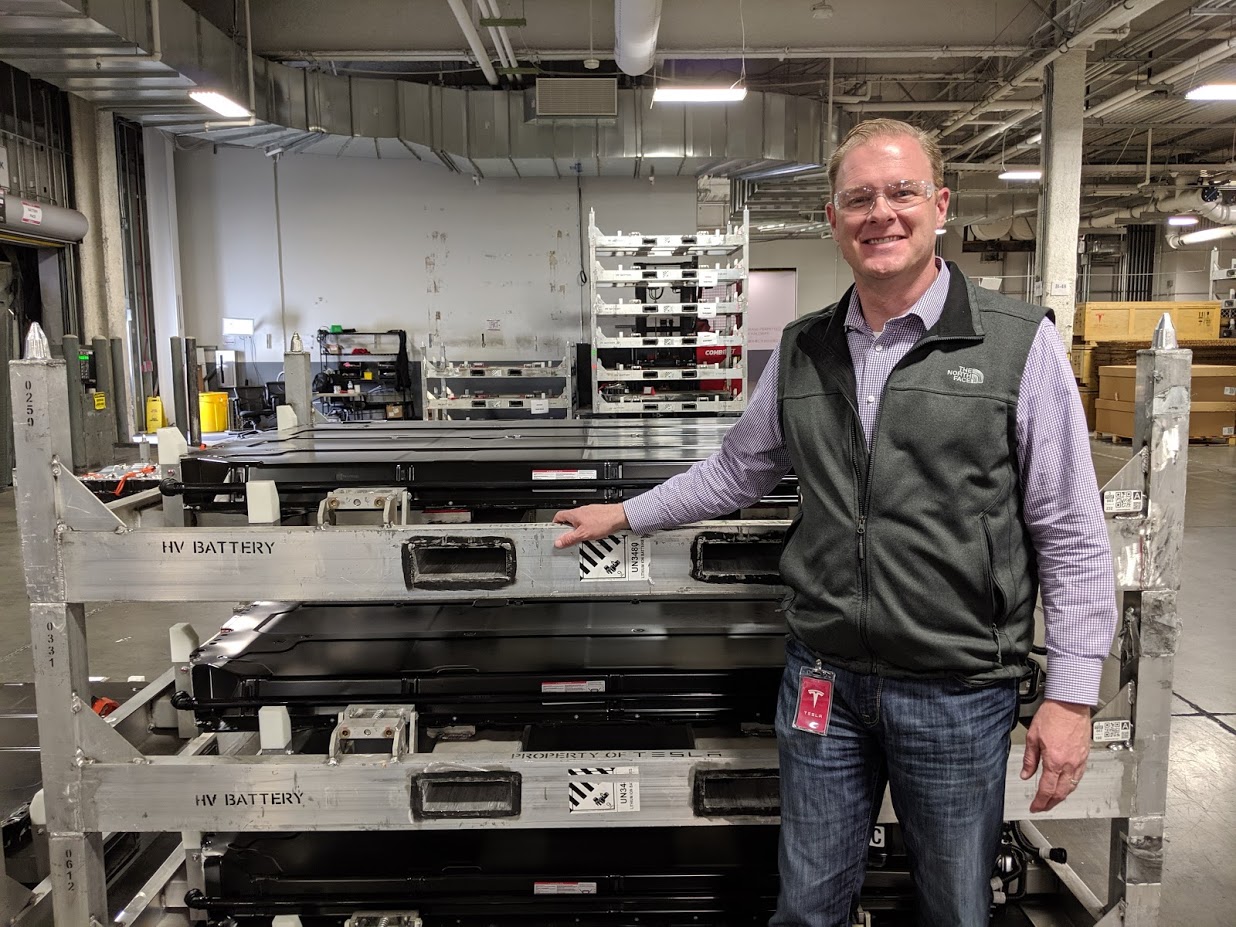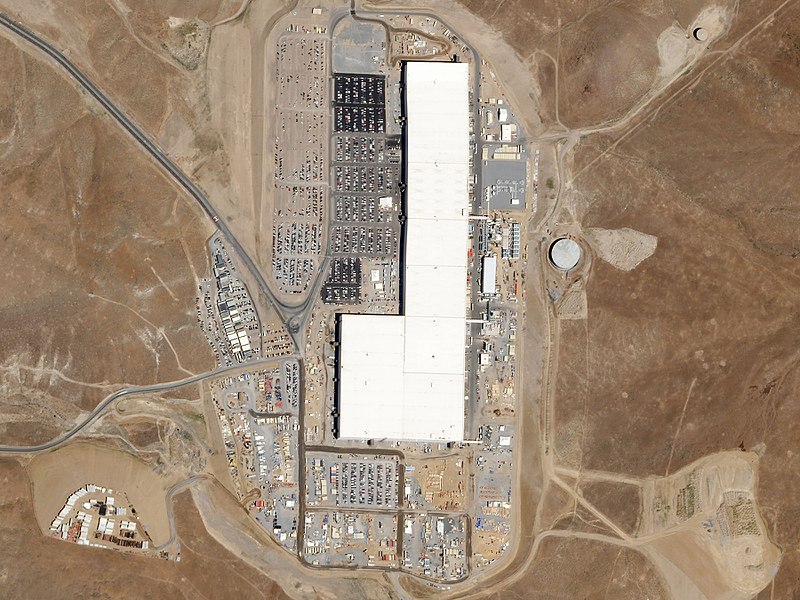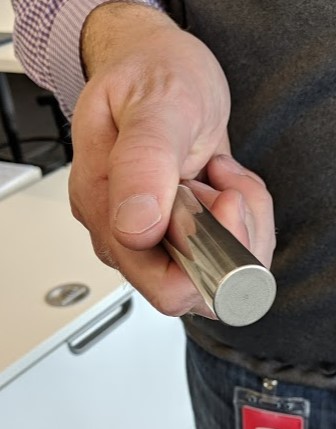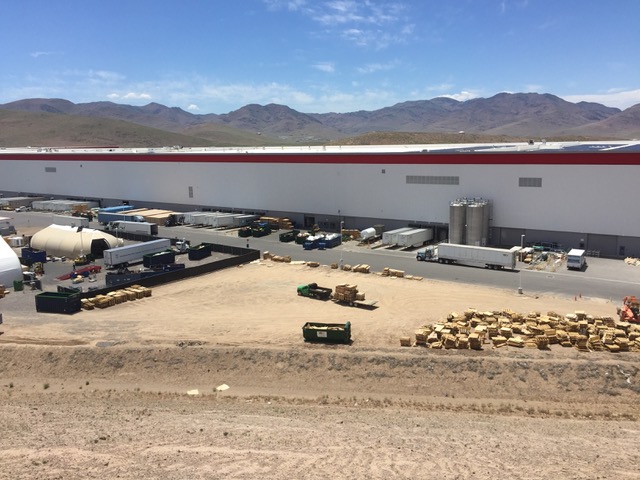
Listen to Larry Magid’s CBS News interview with Tesla VP of Operations Chris Lister
On Wednesday, June 12th, I drove my Tesla Model 3 to Tesla’s Gigafactory near Reno.
On the 23-mile stretch from Reno to the facility on Electric Avenue in Sparks, I mostly saw sand and sage brush along the highway. I got there a little early and had hoped to grab a good cup of coffee ahead of my visit, but this place is fairly isolated with a scant but rapidly growing number of nearby businesses. I had to settle on a Subway sandwich shop with a Keurig machine, but I bet there will soon be a Starbucks and the usual fast-food places.
Massive building

The factory itself is a 1.9 million square foot building with 5.3 million square feet of operational space across three floors. The building is used by both Tesla and Panasonic, which makes the battery cells. Tesla has 7,000 employees and Panasonic 5,000, but those numbers can go up or down, depending on production needs. Tesla Vice President Chris Lister, who manages the plant, told me that the building is only 30% complete. When it’s fully expanded, it will have a larger footprint than any other building in the world. I was given a tour of both the factory and the grounds. I incorrectly assumed the outside tour would by foot, but – because of its massive size, I was driven around in a van and even that took a while.
Even before the expansion, the factory is huge in both size and output. In November, Tesla CEO Elon Musk tweeted “Together with Panasonic Japan cell plants, Tesla/Panasonic partnership is producing ~60% of global EV battery output!”
Batteries made of cells

Tesla makes the final batteries, but Panasonic makes the cells that provide the power. The assembled Model 3 battery is a relatively flat rectangle that stretches roughly from the backseat to the front of the car, mounted on the car’s undercarriage. It weighs about 1,000 pounds, which, according to Lister, provides a low center of gravity, which adds to the safety of the car.
The cells look like and are a bit larger than AA batteries. Depending on the car’s intended range between about 3,500 and 4,500 of these cells are sandwiched between cooling tubes and packed into a metal casing. The Panasonic cell plant is in the same massive building as the Tesla battery factory, to minimize the time and energy it takes to move the batteries between facilities.
The plant has multiple levels of energy efficiency, including starting production on the top floor so the elevators need less power to bring their loads down to lower floors and, finally, out the door to a massive fleet of trucks that transport the batteries to Tesla’s car factory in Fremont.

Tesla doesn’t just make cars. It’s also in the solar energy business and it offers customers a “Power Wall” to store the energy produced by the sun so they can use it to power their homes and charge their cars at night. These Power Walls have similar battery packs as the cars and they too are made at the Gigafactory. The factory also produces the electric motors (Tesla calls them “drive units”) which are the equivalent to the engines in gasoline cars, only much smaller (about the size of a large watermelon), lighter and with far few moving parts and virtually no maintenance.